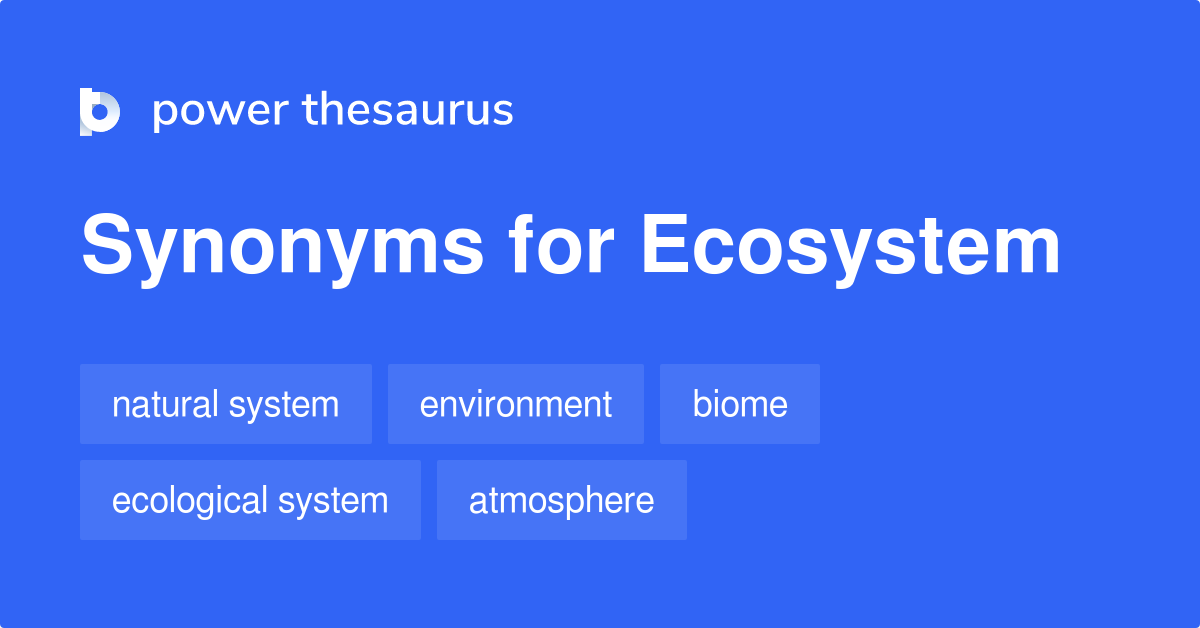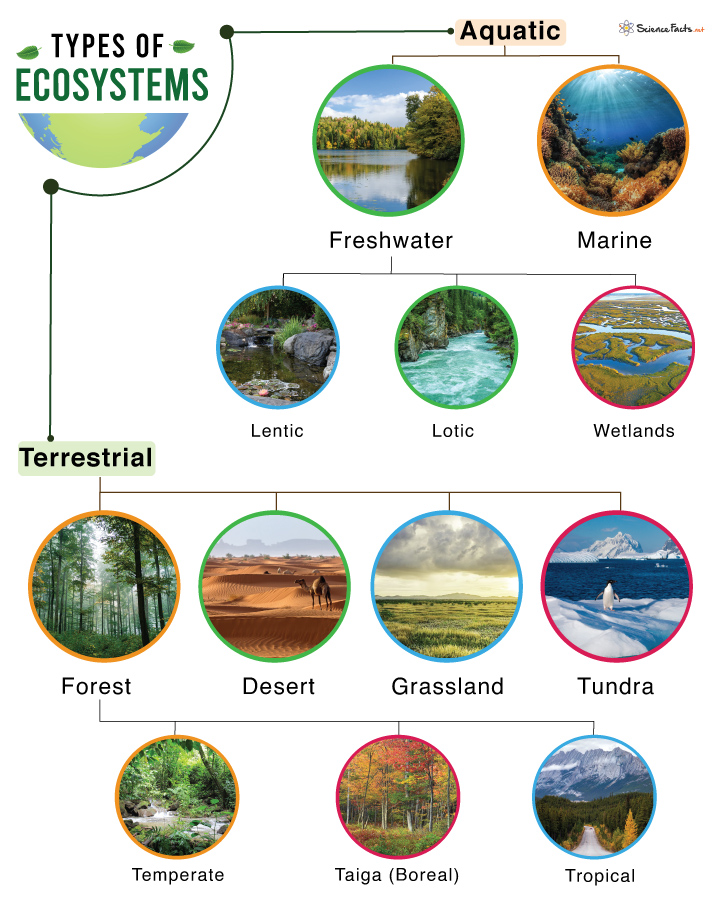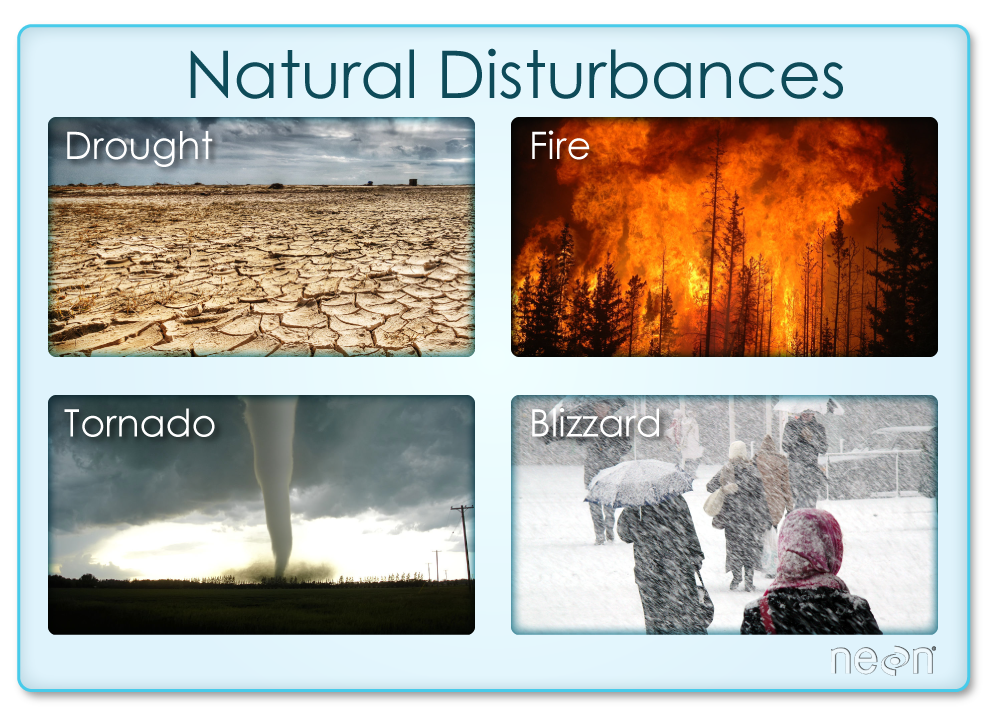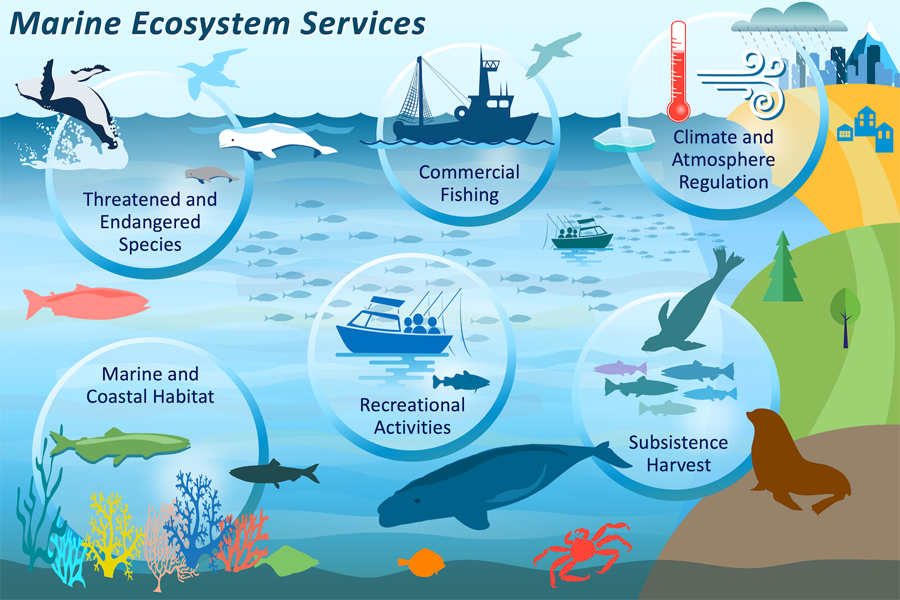Topic definition of an ecosystem in biology: Discover the essence of ecosystems in biology, a fascinating exploration into the interconnected networks that sustain life on Earth.
Table of Content
- What is the definition of an ecosystem in biology?
- Definition of an Ecosystem
- Components of an Ecosystem: Biotic and Abiotic Factors
- Types of Ecosystems: Terrestrial and Aquatic
- The Role of Energy Flow and Nutrient Cycles
- Ecosystem Dynamics: Succession and Stability
- Human Impact on Ecosystems
- YOUTUBE: What Is an Ecosystem?
- Conservation and Restoration Ecology
- Case Studies of Ecosystems Around the World
- The Future of Ecosystem Research
What is the definition of an ecosystem in biology?
An ecosystem is a biological community of organisms, both living and non-living, that interact with each other and their environment within a specific geographic area.
An ecosystem is made up of two main components:
- Living organisms: These include plants, animals, fungi, bacteria, and other microorganisms that inhabit the ecosystem.
- Non-living elements: These include physical factors such as air, water, soil, sunlight, temperature, and nutrients, which provide the necessary resources for the organisms in the ecosystem to survive.
The organisms within an ecosystem depend on each other for various interactions and relationships, forming a complex network of energy flow and nutrient cycling.
Ecosystems can vary in size and type. They can be terrestrial (land-based) or aquatic (water-based), such as forests, deserts, oceans, lakes, and rivers.
The main characteristic of an ecosystem is that all the components and processes within it are interconnected and interdependent. Any change in one part of the ecosystem can have ripple effects on other organisms and the overall functioning of the ecosystem.
Overall, an ecosystem can be seen as a self-sustaining unit where organisms and their environment interact to maintain a delicate balance and ensure the survival and productivity of the ecosystem as a whole.
READ MORE:
Definition of an Ecosystem
An ecosystem is a complex network of living organisms (biotic factors) and the non-living (abiotic factors) components of their environment, interacting as a system. These interactions form a self-regulating entity, where both organic and inorganic elements cycle to sustain life. Ecosystems can vary in size from a small puddle to the entire biosphere, encompassing all of Earth"s living beings.
- Biotic Components: Include all living organisms within the ecosystem, such as plants, animals, fungi, and microorganisms.
- Abiotic Components: Encompass all non-living factors affecting life in the area, like sunlight, temperature, water, and soil.
Ecosystems are characterized by energy flows and nutrient cycles, which maintain the operational and structural dynamics of the system. The balance and interaction of these components ensure ecosystem resilience and biodiversity, crucial for the sustainability of life on our planet.

Components of an Ecosystem: Biotic and Abiotic Factors
Ecosystems are intricate systems where life is maintained through the constant interaction between its living (biotic) and non-living (abiotic) components. Understanding these components is crucial for grasping how ecosystems function and sustain life.
- Biotic Factors: These are the living components of an ecosystem, including all organisms such as plants, animals, bacteria, and fungi. They are categorized based on their roles within the ecosystem, such as producers, consumers, and decomposers.
- Abiotic Factors: These include the non-living elements that influence the ecosystem, such as water, sunlight, oxygen, temperature, and soil. Abiotic factors determine the types of biotic components that can exist in an ecosystem by influencing the environment"s conditions.
Together, biotic and abiotic factors create a dynamic and interdependent system where energy flows and matter cycles. This balance supports the diverse forms of life found within each unique ecosystem.
Types of Ecosystems: Terrestrial and Aquatic
Ecosystems on Earth can be broadly classified into two main types: terrestrial and aquatic. Each type hosts unique biotic and abiotic components, adapting life to specific environments.
- Terrestrial Ecosystems: These are found on land and include forests, grasslands, deserts, and tundra. Terrestrial ecosystems are characterized by their climate, soil type, and the availability of light and water. The flora and fauna in these ecosystems have adapted to live in their specific conditions.
- Aquatic Ecosystems: These cover water environments and are divided into freshwater (lakes, rivers, and ponds) and marine (oceans, seas, and coral reefs) ecosystems. Aquatic ecosystems are defined by their salinity, depth, and water flow. The organisms in these ecosystems have adaptations that allow them to survive and thrive in water.
Understanding the diversity of ecosystems is essential for conservation efforts, as each ecosystem plays a vital role in maintaining the balance of life on Earth.

The Role of Energy Flow and Nutrient Cycles
Energy flow and nutrient cycles are fundamental processes that drive the functioning of ecosystems, ensuring the survival of organisms and the maintenance of environmental balance.
- Energy Flow: The sun is the primary source of energy for most ecosystems. Energy enters an ecosystem through photosynthesis, where plants convert solar energy into chemical energy. This energy then passes through the ecosystem via the food chain, from producers to consumers and finally to decomposers, with some energy lost as heat at each transfer.
- Nutrient Cycles: Nutrients such as carbon, nitrogen, and phosphorus circulate within ecosystems in closed loops, moving between biotic and abiotic components. Plants absorb nutrients from the soil or water, which then pass through the ecosystem as animals consume plants and are themselves consumed. Decomposers break down dead organisms, returning nutrients to the soil or water, completing the cycle.
These processes are vital for the sustainability of ecosystems, supporting the growth, reproduction, and maintenance of organisms" health within the system.
Ecosystem Dynamics: Succession and Stability
Ecosystem dynamics are characterized by the processes of succession and stability, which describe how ecosystems change over time and maintain their equilibrium.
- Succession: This is the gradual process by which the structure of a biological community evolves over time. It can be primary, starting from a lifeless environment where soil has yet to form, or secondary, occurring in areas where a community has been disturbed but soil remains. Succession leads to a more biodiverse and complex ecosystem, culminating in a stable climax community.
- Stability: An ecosystem"s ability to resist or return to its original state after undergoing a disturbance is known as stability. Resilience (the speed at which an ecosystem recovers) and resistance (the ability to remain unchanged) are key components of an ecosystem"s stability. Healthy ecosystems tend to have high biodiversity, which contributes to their resilience and stability by providing a variety of organisms to fulfill ecological roles, even when disturbances occur.
Understanding ecosystem dynamics helps us appreciate the resilience of nature and the importance of conserving biodiversity to maintain ecological balance.

Human Impact on Ecosystems
Human activities have profound impacts on ecosystems, altering their balance, health, and sustainability. While some effects can be beneficial, promoting biodiversity and conservation, many are detrimental, threatening the very fabric of ecological communities.
- Deforestation: The removal of forests for agriculture, logging, and urban development reduces biodiversity, disrupts carbon and water cycles, and destroys habitats.
- Pollution: Air, water, and soil pollution from industrial, agricultural, and urban sources introduces toxins into ecosystems, harming wildlife and degrading natural processes.
- Climate Change: Caused by the emission of greenhouse gases, climate change affects weather patterns, sea levels, and the distribution of species, leading to ecosystem imbalances.
- Overexploitation: The unsustainable harvesting of resources, such as overfishing and hunting, depletes populations and disrupts food chains.
- Conservation Efforts: Protected areas, sustainable resource management, and restoration projects aim to mitigate human impacts, preserving ecosystems for future generations.
Understanding and minimizing our impact on ecosystems is crucial for their preservation and the well-being of all life forms on Earth.
What Is an Ecosystem?
Discover the wonders of the ecosystem and unlock the secrets of nature\'s interconnected web! Immerse yourself in breathtaking footage and fascinating facts that will leave you in awe of our planet\'s intricately balanced ecosystems. Watch the video now for an unforgettable journey through Mother Nature\'s masterpieces.
Ecosystem Definition and Example in Biology
Learn the comprehensive definition of this important concept that lies at the heart of countless fields. This enlightening video will delve into the depths of the subject, providing concise and insightful explanations that will surely enhance your understanding. Expand your knowledge by watching the video and gain a solid foundation in this essential topic.
Conservation and Restoration Ecology
Conservation and restoration ecology are critical disciplines focused on protecting ecosystems and restoring them to their natural states. These fields aim to mitigate the impacts of human activity and preserve biodiversity for the health of the planet and future generations.
- Conservation Biology: This branch of biology is concerned with the protection and maintenance of biodiversity, emphasizing endangered species and habitats. It involves creating protected areas, enforcing legal protections, and promoting sustainable practices among communities.
- Restoration Ecology: Focuses on repairing damaged ecosystems through active human intervention. This can include reforestation, wetland restoration, invasive species control, and the reintroduction of native species.
- Sustainable Management: Developing strategies that allow for the use of natural resources in a way that maintains ecosystem health over time. This includes sustainable agriculture, forestry, and fishing practices.
- Community Involvement: Engaging local communities in conservation efforts is vital for success. Education and participation help foster a sense of stewardship and provide valuable traditional knowledge.
Through these efforts, conservation and restoration ecology seek to ensure the resilience and sustainability of ecosystems worldwide.

Case Studies of Ecosystems Around the World
Examining ecosystems around the world reveals the diversity of life and the unique challenges and successes in conservation and restoration. Here are some notable case studies:
- The Amazon Rainforest, South America: Known as the "lungs of the Earth," this vast tropical rainforest plays a critical role in global oxygen production and carbon dioxide absorption. Conservation efforts focus on combating deforestation and preserving biodiversity.
- The Great Barrier Reef, Australia: The world"s largest coral reef system, facing threats from climate change, pollution, and overfishing. Restoration projects include coral planting and water quality improvements to protect this marine biodiversity hotspot.
- The Serengeti Plains, Africa: Famous for its annual wildebeest migration, the Serengeti ecosystem is a study in grassland management, wildlife conservation, and the balance between human needs and environmental preservation.
- The Arctic Tundra: Experiencing rapid climate change, affecting polar bears, seals, and indigenous communities. Efforts here aim to monitor impacts and promote sustainable practices to mitigate climate effects.
These case studies underscore the importance of global cooperation and innovation in addressing the environmental challenges facing ecosystems worldwide.
READ MORE:
The Future of Ecosystem Research
The future of ecosystem research is pivotal for understanding and preserving our natural world. With the advancement of technology and interdisciplinary approaches, research is evolving to meet the challenges of the 21st century.
- Remote Sensing and Big Data: The use of satellites, drones, and IoT devices for collecting extensive data on ecosystems. This technology allows for the monitoring of changes in real-time and aids in the analysis of large-scale environmental trends.
- Genomics and Biotechnology: Exploring the genetic basis of biodiversity and resilience in ecosystems. These fields offer potential for the conservation of species and restoration of habitats through genetic insights and innovations.
- Climate Change Modeling: Developing sophisticated models to predict the impacts of climate change on ecosystems. This research is crucial for formulating strategies to mitigate adverse effects and adapt to changing conditions.
- Interdisciplinary Collaboration: Bridging the gap between biology, ecology, technology, and social sciences to address ecological issues comprehensively. Collaboration fosters holistic approaches to conservation and sustainable management.
Embracing these advancements, ecosystem research aims to deepen our understanding of ecological processes, enhance conservation efforts, and ensure the sustainability of ecosystems for future generations.
Exploring the vibrant tapestry of ecosystems unveils the interconnectedness of life and the imperative of stewardship to sustain our planet for future generations.










